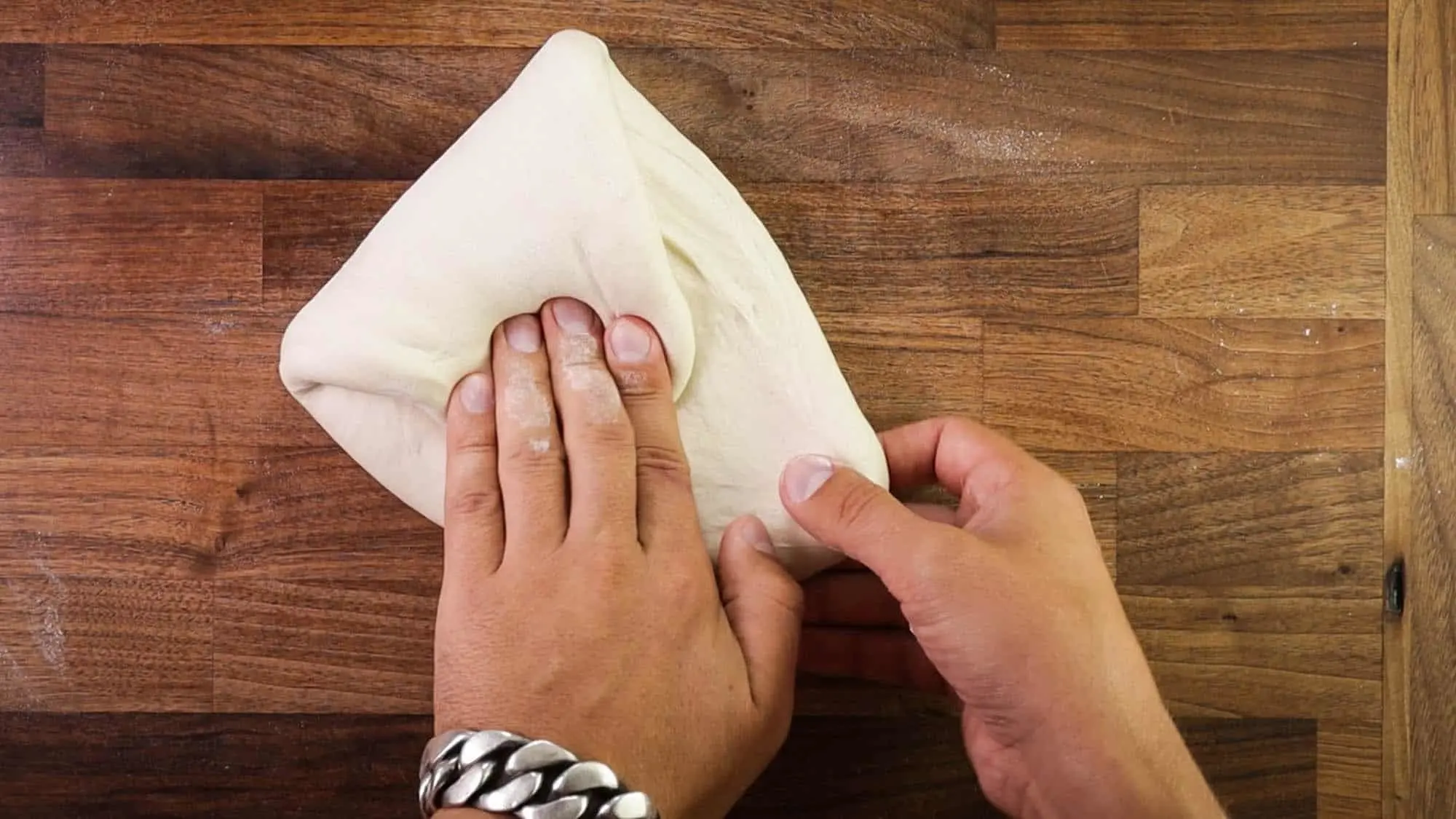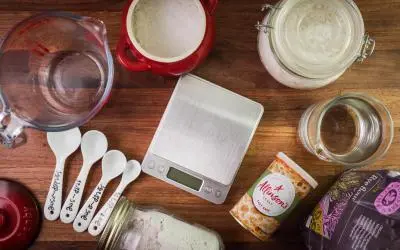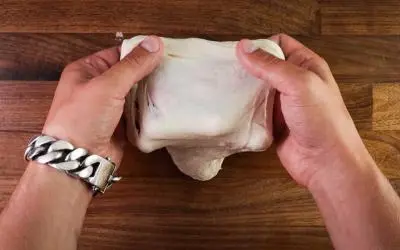Folding is a step taken for most types of dough. It can achieve various results that may be beneficial.
At the least it will degas the dough which is recommended to be done for almost all types of dough.
But it gets a lot more useful than just de-gassing.
Folding will equalise temperature in the dough – if your dough is in a cool room then the outside of it will cool down and the inside stay warm. By folding you will be distributing the temperature throughout the dough evenly thus helping with even fermentation.
Perhaps most importantly folding will increase dough strength. This can have a massive impact on the dough. As you fold you are creating more layers in the dough structure and aligning the gluten and creating more tension in the dough.
If a dough is made in a mixer, then you must be careful to not do too many folds. A mixer is a lot more effective at creating a strong dough which does not require many folds.
That is why handmade dough benefits most from folding.
Adding certain ingredients to your dough can also be done during this step. As I explain in the video that olives or olive oil can be folded into a focaccia dough whilst it is proofing instead of trying to knead those ingredients in.
One fold is recommended for most doughs. A regular dough made with yeast that is being fermented for around 2-3h should receive at least one fold to at least degas it.
Dough made with weak (like APF) flour benefits from folds too.
High hydration dough like ciabatta, focaccia, pizza etc. benefit from numerous folds as it will make them more voluminous.
The only dough that does not benefit from folding is 100% rye – because there is no gluten and no point in folding. And stiff, low hydration dough as it will be strong enough from the get-go.
In a case of low hydration dough, you should just degas it (otherwise known as punching down).
When to fold? This depends on fermentation time and type of dough. A normal hydration dough (60-68%) which is being fermented for around 2-3h should receive at least 1 fold which should be performed half way through bulk fermentation.
A high hydration sourdough focaccia (80%), for example, which is being fermented for 3 – 6 hours may benefit from 3 folds.
No matter how many folds are being performed, it is important to do them in equal intervals. If you are planning to do 3 folds during a 4 hour fermentation, then they should be separated by 1 hour.
The last fold must also be performed at an equal interval before the next step, so that the gluten has sufficient time to relax.
Watch the video here



